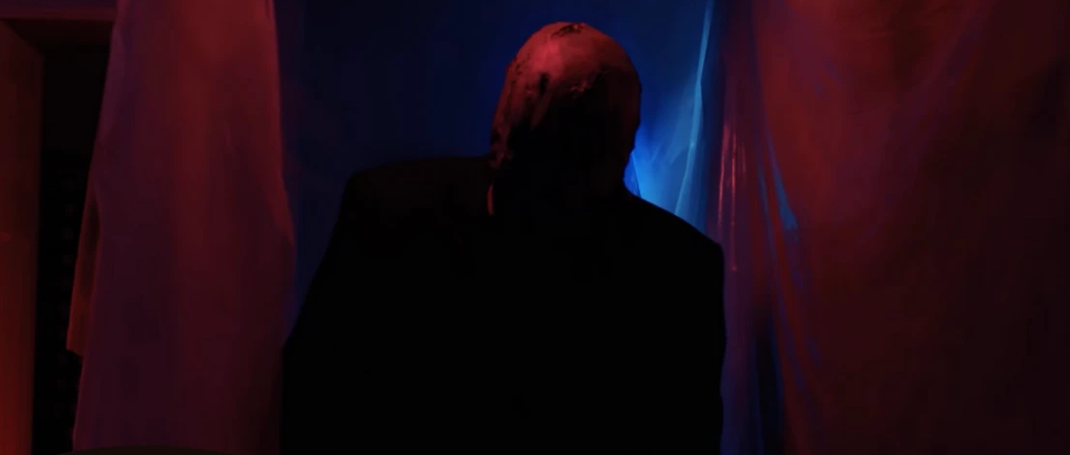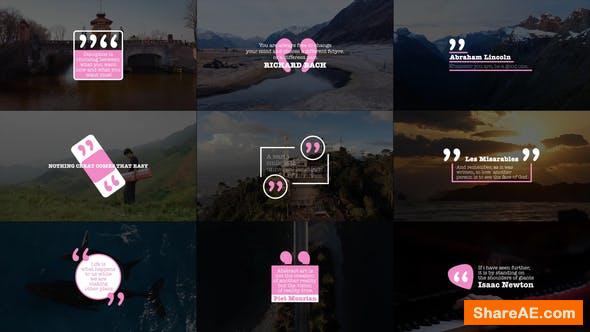Is DaVinci Resolve capable of handling all the tasks required to elevate your horror short to a spookier level?

How To Elevate Your Horror Film With DaVinci Resolve
Is DaVinci Resolve capable of handling all the tasks required to elevate your horror short to a spookier level?
October is the perfect time to embark on the journey of creating a horror film, with Halloween drawing near and inspiration running high.
We are well aware that the foundation of any successful film, especially one in the horror genre, hinges on its storyline, art direction, cinematography, and lighting. However, to infuse that additional spine-tingling element and propel your film to the next level, your narrative will need a touch of magic during post-production.
Though color grading is crucial, it can only take you so far. That’s why we’ve unearthed some exceptional workflows utilizing DaVinci Resolve that will add an extra layer of intrigue to your project. From editing techniques to incorporating VFX, it has never been easier to acquire the skills needed to enhance your films, all within the confines of Resolve.
Let’s delve right in.
Combining Blender and DaVinci Fusion The creative minds at Error Unknown Studios put together a succinct piece that breathed life into a monstrous creation using Fusion and Blender.
To begin, the team employed Blender for constructing, illuminating, and motion tracking their 3D model, and then seamlessly transitioned it to the Fusion tab within DaVinci Resolve. While Fusion can be used for tracking and lighting, feel free to use any software that you’re comfortable with before making the leap into Resolve.
Within Fusion, the Error Unknown team applied four distinct techniques to seamlessly integrate their creation with the live-action footage captured on a BMPCC 6K.
Their initial step involved employing the Divide Multiply method to safeguard the edges of the model during the color correction process. Subsequently, they addressed color and gamma corrections directly within the Fusion tab to harmonize the appearance of the monster with the live-action scene. Following this, they incorporated lens distortion, a task that could be executed in Blender but was recommended to be performed in Fusion to maintain workflow consistency.
The finishing touch involved masking, with a particular focus on foreground elements, thereby concluding the compositing phase. From this point onward, the remaining tasks primarily consisted of overall color grading and adjusting the grain, all conveniently executed within DaVinci Resolve.
Zombification through Fusion No more shortcuts; we assure you. The following VFX component, which entailed a Zombie transformation, was entirely achieved by DatumSpeed Studios within the DaVinci Resolve Fusion tab. Miles Laroche and Jesse Whiting initiated this eerie transformation by honing in on a pivotal element: the eyes.
To create this unsettling effect, the team harnessed a substantial number of merge nodes for masking, tracking, sharpening, and re-illuminating the character’s eyes, marking the commencement of the transformation.
We won’t delve into a comprehensive breakdown here, as it can become quite intricate, but what truly caught our attention in this workflow is the remarkable level of creative control it offers.
Given DaVinci Resolve’s renowned reputation for color grading, the masking and tracking tools emerge as a hidden treasure within the software suite. While Laroche and Whiting harnessed these tools to craft a horror effect, they possess the potential to significantly enhance your color grading for various projects, regardless of the genre.
A Triple Treat Now, let’s turn our focus to Josh Hanes, who places a stronger emphasis on editing techniques that provoke thoughts of jump scares rather than VFX.
Hanes initially delves into an effect inspired by none other than David F. Sandberg and his short film “Lights Out.” In this film, the lights abruptly extinguish to reveal a menacing figure in the darkness. This effect is achieved by capturing two separate live-action shots with the camera securely mounted on a tripod and subsequently using masks to align the shots precisely as required.
To achieve a truly seamless composition, Hanes incorporated a camera shake effect, imparting a handheld feel to the entire sequence.
The second effect, while straightforward, holds significant potential when applied judiciously. Hanes followed the same methodology as before, capturing a clean plate and a flying toy ghost, which he meticulously masked to remove himself from the frame. Subsequently, a slight reduction in opacity rendered the ghost translucent.
Hanes suggests capturing a sufficient amount of clean plate footage to maintain consistent camera noise, although it is also permissible to employ a static frame as a clean plate. To ensure visual coherence between the elements, the key is applying noise reduction to both components and introducing some grain during the final stage to incorporate that characteristic sensor noise.
The last piece of advice from Hanes is a bit of a shortcut, as the heavy lifting primarily stemmed from art direction, lighting, and wardrobe decisions. However, what you can do in post-production with that footage is enhance it by introducing eye effects and intensifying the color grading to accentuate the terror within the scene.














Leave a Comment